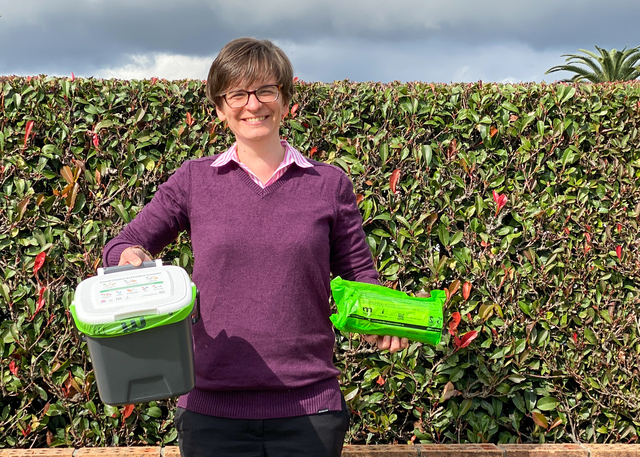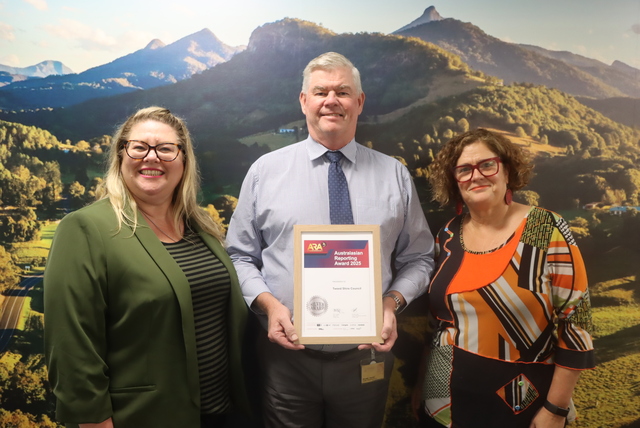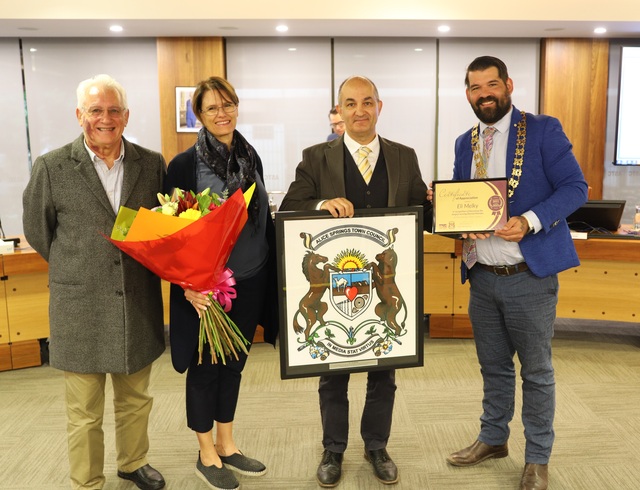As part of Wollongong City Council’s quality approach to services, an analysis was undertaken of purchasing transactions and related costs. It found that 8,000 purchase orders and 3,500 petty cash transactions each year were for amounts less than $500 each.
At the time, Council used a traditional purchasing process involving a centralised purchasing section. In this process, all divisions of Council are required to requisition goods and services through the purchasing section that, in turn, would source and purchase those goods and services.
Problems with the process included cost, delays in obtaining goods, labour intensiveness and the impact on supplier relationships. To achieve improvements in this area a project team was formed.
This cross divisional team brought together both the expertise of purchasing/procurement, information technology and customer user groups. The project team resolved that the introduction of Corporate Purchase Cards would achieve significant improvements for low value items with a high volume of transactions. This included: acquisitions; orders; accounting; goods received dockets; petty cash transactions; stationery; and administrative costs.
The obvious advantage of developing this project in-house was that no additional expenditure was required in engaging external consultants or other specialists.
The Corporate Purchase Card system allowed the traditional process to be decentralised, permitting the purchase of high volume/low value goods and services direct from suppliers.
The project team introduced the use of these cards by liaising with all customers including preferred suppliers and the respective union representatives. Training programs were put in place for all staff involved.
After the project team developed and documented new processes and procedures for the Cards, their role changed to one of monitoring and controlling the use of the Cards and providing information to all divisions on their purchasing practices. The project team found that a Corporate Purchase Card can be used at all levels of the organisation.







